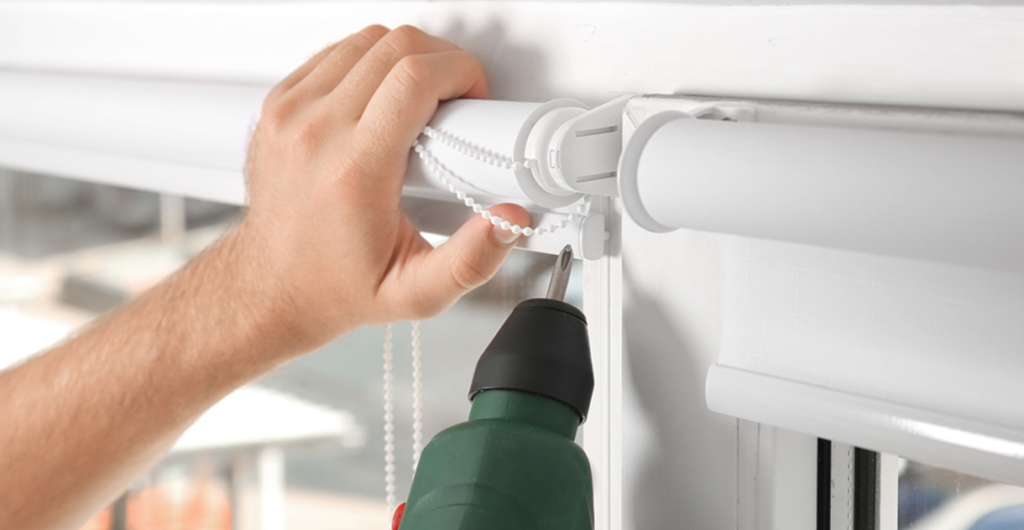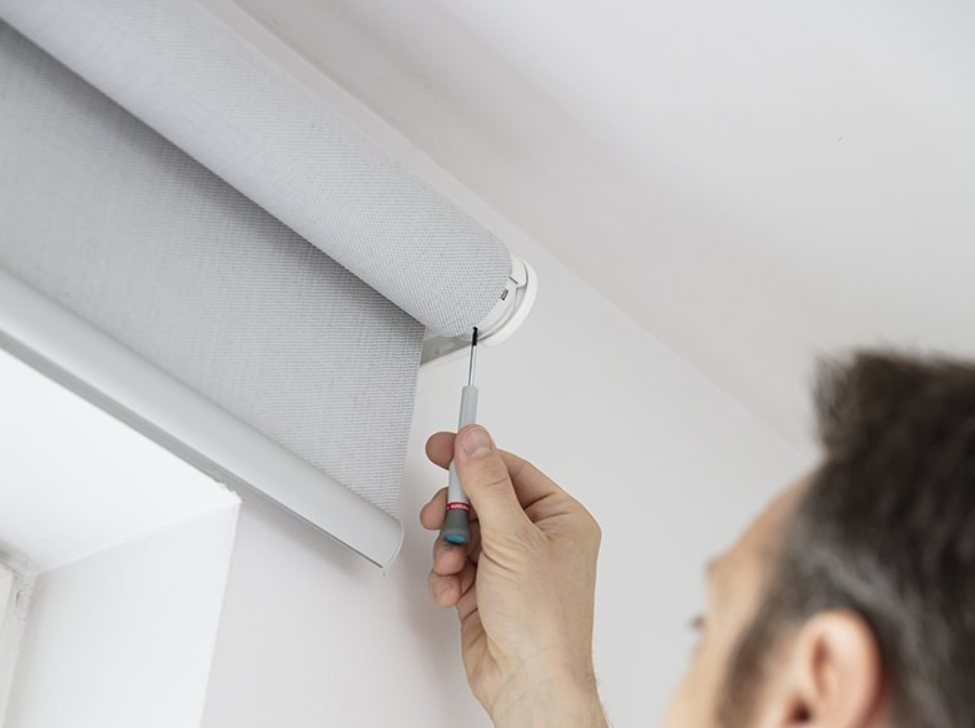Installing blinds in your home is a great way to add privacy, light control, and style to your windows. However, even small mistakes during the installation process can result in a poor fit or a malfunctioning blind. In this blog post, we’ll discuss five common mistakes to avoid when installing blinds and offer tips for getting it right first.
Measuring Mistakes
One of the most critical steps in blinds installation is measuring the window correctly. If you measure incorrectly, your blinds could end up too small, too large, or not fit precisely within the window frame. To avoid this mistake, you should use a metal tape measure and measure twice to ensure accuracy. Have a second person double-check your measurements to ensure they’re correct.

Another tip is to measure the inside of the window frame rather than the outside. This will ensure the blind fits within the frame and doesn’t overlap the wall. If you’re installing an outside mount blind, measure the exact size of the area where you want to mount the blind.
Choosing the Wrong Hardware
Not all blinds are created equal, and different types require different mounting hardware. Choosing the wrong hardware can result in a blind that doesn’t function correctly or doesn’t stay in place. To avoid this mistake, be sure to read the instructions carefully and select hardware that is compatible with your specific blind.
If you need help deciding which hardware to use, consult the manufacturer or a professional installer. When selecting screws, be sure to choose ones long enough to support the weight of the blind. It’s also a good idea to use anchors in the wall to provide extra support.
Installation Errors
Installing the blind itself can be challenging, especially if you’re unfamiliar with the process. One of the most common mistakes is not reading the instructions carefully or rushing the installation. This can result in a blind that is crooked, off-centre, or not level.
To avoid this mistake:
- Take your time and read the instructions carefully.
- Make sure you have all the necessary tools and hardware before you begin.
- If you need clarification on any step in the installation process, consult the instructions or seek advice from a professional.
It’s also important to make adjustments as necessary during the installation process. Don’t be afraid to adjust the brackets or other components to ensure the blind fits properly and operates smoothly.
Failure to Test
Once you’ve installed the blind, testing it before finishing the installation process is essential. Failure to do so can result in a blind that doesn’t operate correctly or is damaged during use. To test the blind, pull it up and down a few times to ensure it operates smoothly. Check for any signs of rubbing or friction, indicating that the blind isn’t mounted correctly.
If you notice any issues during testing, make the necessary adjustments before finishing the installation. This will save you time and hassle and ensure your blind operates smoothly for years.
Lack of Maintenance
Finally, it’s important to maintain your blinds once they’re installed. Regular maintenance will help ensure they operate smoothly and look great for years. Some simple maintenance tasks include dusting the blinds regularly to keep them clean, checking for loose hardware, and lubricating the components as necessary.

If you notice any issues with your blinds, such as difficulty operating or damage to the slats or hardware, don’t hesitate to seek professional advice. It’s always better to address issues early before they become bigger problems.
Installing blinds can be a rewarding and cost-effective way to add privacy, light control, and style to your windows. However, it’s important to avoid common mistakes during installation to ensure that your blinds operate smoothly and look great. By measuring correctly, choosing the right hardware, taking time during installation, testing the blind before installation, and maintaining your blinds, you can avoid common mistakes and enjoy your new window treatments for years.
Remember, if you need more confidence installing blinds, seek professional help. A qualified installer can help ensure your blinds are installed correctly and operate smoothly. Additionally, if you’re purchasing custom blinds, many companies offer professional installation services as part of the package.
In summary, the key to a successful blind installation is taking your time, reading the instructions carefully, measuring correctly, choosing the right hardware, testing the blind before finishing the installation, and maintaining your blinds. By avoiding these common mistakes and following these tips, you can enjoy beautiful and functional window treatments that enhance the look and feel of your home.